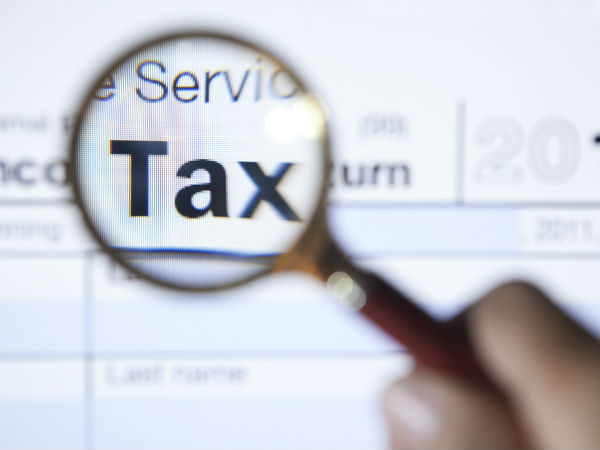What are different forms of Gold Investments in India?
Unlike before, when investing in gold meant just buying physical gold, now one can choose the mode of investment that best suits his needs.
Digital gold, physical gold, derivative contracts, and paper gold are some of the various types of gold investments.
| Digital Gold |
Buying gold from Paytm, ET Money |
| Physical Gold |
Gold Ornaments, Jewelry, Coins, Gold savings schemes, Gold Biscuits |
| Paper Gold |
Gold ETF, Gold Mutual Funds, SGB |
| Gold Derivatives |
Investment in gold as a commodity |
Gold is a one-of-a-kind asset: it’s highly liquid while still being scarce; it’s a luxury item as well as an investment. No one is liable for gold, and there is no counterparty risk. As a result, it may be an essential part of an investment portfolio.
Tax on Selling Physical Gold
Gold Ornaments, Jewelry, Coins, Gold savings schemes, Gold Biscuits are some of the popular physical gold investments. Individuals selling physical gold would be subject to a 20% tax rate, as well as a 4% cess on long-term capital gains, or LTCG. If you sell gold within three years of when you bought it, it is considered short-term, while gold sold after three years is considered long-term.
Short-term capital gains on gold sales are applied to your gross total income and charged at the rates that apply to your income bracket. Long-term gains, on the other hand, are taxed at a rate of 20.8 percent (including cess) with indexation benefits. LTCG investors in physical gold would be required to pay 20% of their profits in taxes, plus any necessary surcharge. Furthermore, these transactions are subject to a 4% cess with indexation benefits.
When selling gold, the TDS rate does not apply. However, if you pay cash for jewellery worth more than Rs 2 lakh, you will be charged 1% TDS. You will be paying a 3% Goods and Service Tax (GST) on the value of the gold plus any making costs if any when you buy gold jewellery.
Tax on Digital Gold
When it comes to capital gains taxes, digital gold is handled the same as physical gold. Digital gold is the most recent investment model that has recently gained popularity. Returns on digital gold assets held for less than 36 months are not strictly taxable. In the case of long-term capital gains, you’d have to pay a 20 percent tax on the whole amount, plus a surcharge and a 4% cess with indexation benefits. Many mobile wallets, including Paytm, Google Pay, and PhonePe, have partnered with MMTC-PAMP or SafeGold to sell gold for as little as Re 1. However, the amount of taxes an investor would pay is determined by the length of time the digital gold is kept.
Tax on Paper Gold
Gold ETFs allow you to invest in gold without actually owning any of it. It’s close to holding stock in a corporation. Since the ETFs are dematerialized, this is the case. Since the value of a gold ETF is dependent on the current gold price, any gains from gold ETFs are considered the same as gains from selling physical gold.
Gold ETFs and mutual fund profits are taxed in the same way as physical gold is. Returns from SGB, on the other hand, are taxed differently. Gold units sold within three years of acquisition are considered short-term, whereas long-term gold units sold after three years are considered long-term. Short-term investors (with a period of up to 36 months) would not be subject to direct taxation on their earnings. Instead, those earnings are applied to their other earnings, and taxes are levied according to the relevant slabs.
Tax on Selling Gold Bonds
If you invest in sovereign gold bonds, however, you will receive 2.5 percent a year in interest. Interest earnings are classified as other sources of income and are charged accordingly.
Any profits you make after investing in SGB for eight years are tax-free. Another important thing to note is that in the event of a premature exit, different tax rates apply to SGB returns.
To be considered a ‘Long Term Capital Asset,’ you must keep Gold Bonds for at least three years. If you sell your gold bonds within three years of when you bought them, they are considered short-term.
At the time of redemption, gold bonds would be excluded from capital gains tax. There will be no capital gains taxes on the benefit you receive if you keep the bonds until they mature (8 years) and if you make some long-term capital gains when redeeming the gold bonds. TDS would not apply to the bond.
The interest you receive on these bonds will be charged under the heading Income from other sources and at the rates that apply to your income.
Tax on Gold Derivatives
If a company’s gross annual revenue is less than Rs 2 crore, 6% of the profits are taxed. Returns on gold derivatives may be claimed as business profits, lowering the tax burden associated with such transactions. If the gross revenue of the concerned company is less than Rs 2 crores in a given year, 6% of the returns are claimed as taxes.
Returns on gold derivatives may be claimed as business profits, reducing the tax burden associated with such transactions. You do not need to keep a detailed record of your business’s books and accounts in order to profit from Section 44AD of the Income Tax Act.
Tax on Gold received as a gift
When you obtain gold as a gift from close relatives such as parents, siblings, or children, you do not have to pay any taxes. If you accept them from someone who isn’t a parent, though, you’ll have to pay taxes under the heading of income from other sources if the amount of the donation reaches Rs 50000.
Conclusion
Gold is not a risk-free investment; like stocks and bonds, its price fluctuates based on a variety of global economic factors. Diversification is important in all investment portfolios, and gold can help diversify a portfolio, particularly during market downturns when the price of gold tends to rise.






















